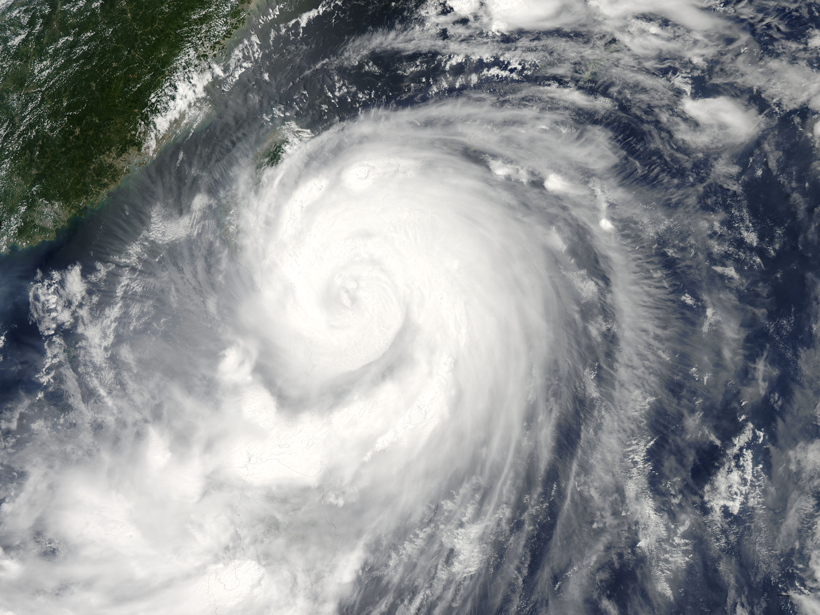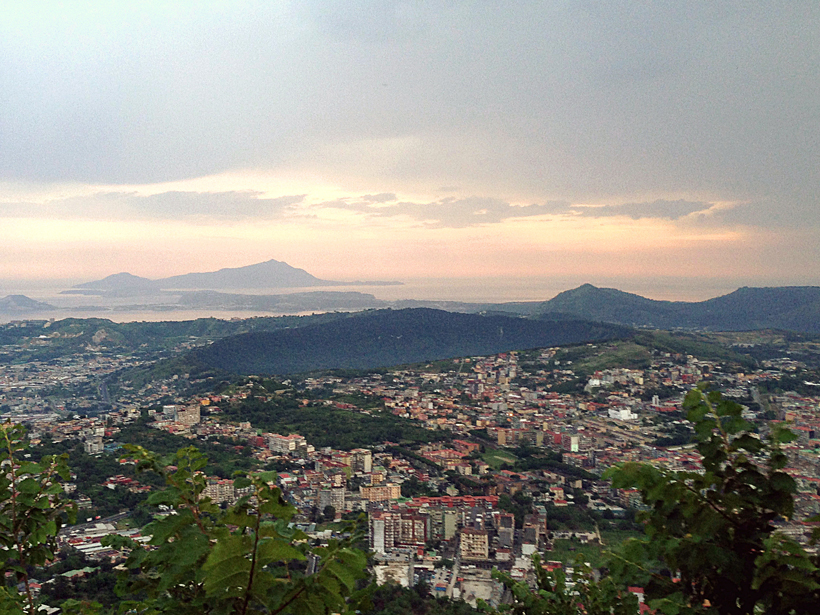Atmospheric methane levels are rising, and isotopic ratios within the greenhouse gas suggest that the tropics may be to blame.
Research Spotlights
Research spotlights are plain-language summaries of recent articles published in AGU’s suite of 24 journals.
Earth's Ground Heat Flux Should Not Be Overlooked
Scientists compare models of how much heat Earth's surface gives off and absorbs from the atmosphere.
Reading Raindrops: Microphysics in Typhoon Matmo
Quantitative predictions about tropical storms require an understanding of even their smallest physical processes. A new study observes unusual microphysics in 2014's Typhoon Matmo.
Buzzing Ice Shelf Makes Waves in the Air Above
The resonant vibrations of the Ross Ice Shelf in Antarctica are disturbing the atmosphere above it, creating huge ripples.
East of Japan, Upper Ocean Waves Follow a Seasonal Cycle
The seasonality of fine-scale, near-surface ocean dynamics raises important considerations for an upcoming satellite mission to measure global sea surface height.
Understanding Tectonic Processes Following Great Earthquakes
Scientists parse out the processes underlying tectonic signals detected by GPS networks.
Earth's Carbon-Climate Feedbacks Varied in Past Warming Episodes
Records from drill holes in the eastern equatorial Pacific indicate that Earth's orbital eccentricity played an important role in controlling climate as the planet warmed.
When Might the Campi Flegrei Caldera Erupt Again?
The clock may be ticking for Italy's Campi Flegrei caldera, a region with a pattern of numerous and sometimes large explosive eruptions. The next explosion could be less than 100 years away.
Fighting Fire with Satellite Data
As climate change worsens wildfire impact, scientists use satellites to study climate-fire interactions.
A Significantly Hotter Mantle Beneath Iceland
Estimates of crystallization temperatures from four eruptions in northern Iceland offer improved constraints on the mantle's temperature beneath this anomalous divergent plate boundary.








